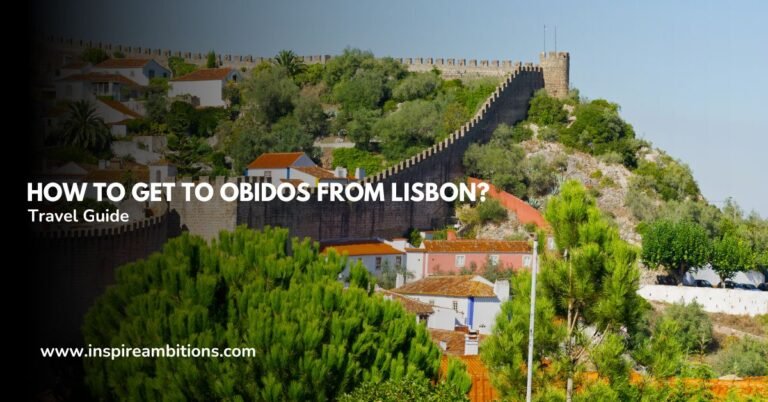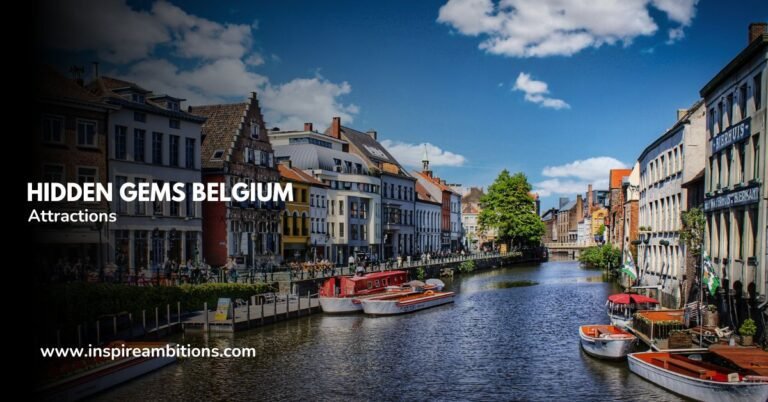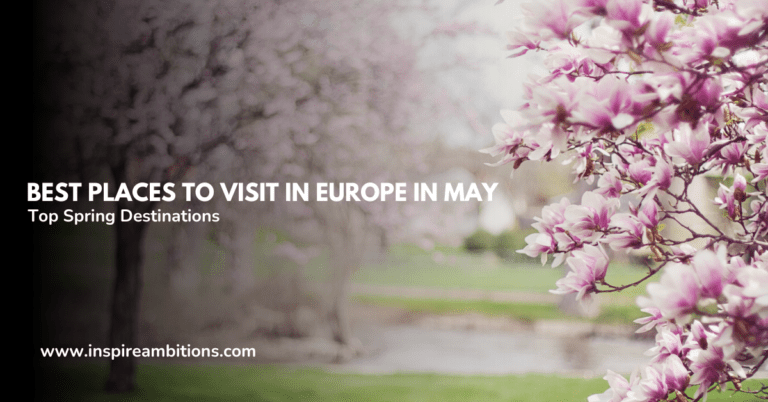Ireland World Map – A Guide to its Global Location and Geography
Ireland is a captivating island situated to the west of Great Britain on the world map. As the third-largest island in Europe and the second-largest in the British Isles, Ireland is enchanted with its rolling green landscapes, historic castles, and vibrant cultural heritage.
Nestled in the northwestern corner of Europe, it is bordered by the North Atlantic Ocean and is known for its distinct geographic regions, each with its unique characteristics and charm.
Understanding Ireland’s location and its place in the tapestry of European geography can give you richer insights into its cultural and historical significance. The country’s position in Western Europe has made it a notable destination for travellers and historians alike.
Whether you’re a geography enthusiast wanting to explore the varied topography of the island or a history buff interested in its ancient roots, Ireland’s map serves as a gateway to a deeper appreciation of this nation’s story.
When you look at Ireland on a map, you’ll notice its division into four provinces—Leinster, Munster, Connacht, and Ulster—each playing a pivotal role in the country’s identity.
From bustling cities like Dublin and Cork to the tranquil beauty of the rural countryside, examining detailed maps of Ireland helps to illustrate the diversity that has influenced the Emerald Isle’s culture, economy, and way of life.
As you embark on the journey to explore Ireland, you’re not just looking at a piece of land but unraveling a rich tapestry of history, nature, and tradition.
Geography and Regions
Ireland’s geography encompasses a rich tapestry of landscapes and urban areas shaped by both nature and history. You’ll journey from rugged coastlines to lush green plains as we explore this diverse island.
Physical Landscape
Ireland, known as the Emerald Isle, features a central plains region surrounded by a ring of coastal mountains. The highest peak, Carrauntoohil in County Kerry, stands at 1,038 meters (3,406 feet) in the MacGillycuddy’s Reeks range.
Much of the countryside is dotted with rolling hills, extensive peat bogs, especially in the Midlands, and dramatic cliffs, like the famed Cliffs of Moher in Clare.
- Major Regions: Connacht, Leinster, Munster, and Ulster.
Major Cities and Counties
Dublin, the capital of Ireland, is the largest city with a population emphasizing a vibrant culture and economic hub. Other major cities include:
- Galway: Known for its festivals and bohemian vibe.
- Cork: Famous for its culinary scene.
- Limerick: Renowned for its medieval history.
- Waterford: The oldest city in Ireland, with a rich Viking heritage.
Counties: Ireland has 26 counties in the Republic and 6 in Irlanda del Norte. Each county has its distinct characteristics, from the rugged beauty of Donegal in the northwest to the historical landmarks of Kilkenny in the southeast.
Rios y lagos
El River Shannon is Ireland’s longest river, providing critical natural resources and transportation routes. It flows through and connects several cities and counties before reaching the océano Atlántico.
Ireland has numerous lakes, or lochs, enhancing the nation’s serene beauty—Lough Neagh en Irlanda del Norte is the largest on the island.
- El Irish Sea y Celtic Sea to the east and south connect Ireland to the Reino Unido and the rest of Europe.
Ireland’s diverse geography is not just a feast for the eyes; it also shapes the region’s unique culture and heritage. From the bustling streets of Dublin hacia tranquilo shores of Bantry Bay, the geographical diversity will be an essential part of your understanding of this vibrant country on the world map.
Cultural and Historical Context
In the tapestry of world history, Ireland plays a vibrant thread, interwoven with cultural richness and economic transformation.
As you explore this section, you’ll uncover the depth of Ireland’s global connections, the symbols that shape its cultural identity, and an overview of its economy.
Ireland in World History
Ireland, an island nation on the western fringe of Europe, has had a notable impact on world history despite its relatively small size. Its strategic position has made it a point of interest during events such as Primera Guerra Mundial, where it played a unique role due to its then-unity with the United Kingdom.
In modern times, Ireland’s history includes the significant moment of gaining independencia in 1922, leading to the establishment of the Irish Free State. Even the devastation of the famine in the 19th century is a crucial historical event that led to a substantial Irish diaspora, especially in the Estados Unidos.
Cultural Identity and Symbols
Ireland’s cultural identity is immediately recognizable worldwide. The Irish flag, a vertical tricolour of verde, white, y naranja, symbolizes the nation’s history and aspiration for peace. The Gaelic language contributes to the country’s distinct culture, although English is predominantly spoken.
Symbols such as the harp and the religious significance of Catholicism showcase Ireland’s rich traditions and beliefs. Celebrations like St. Patrick’s Day magnify the Irish culture on a global scale, making Ireland’s cultural expressions one of the most celebrated.
Panorama económico
Today, Ireland boasts a dynamic economy marked by a robust PIB and a significant role in the global export market. Major industries include technology, pharmaceuticals, and agriculture, with an emphasis on innovation and a highly skilled workforce.
Economically, Ireland is known for its attractive corporate tax rates, drawing in multinational corporations, particularly in the tech sector, that contribute to the country’s economic growth. Despite its size, Ireland’s openness to trade and investment makes it a powerhouse within the European mercado.







